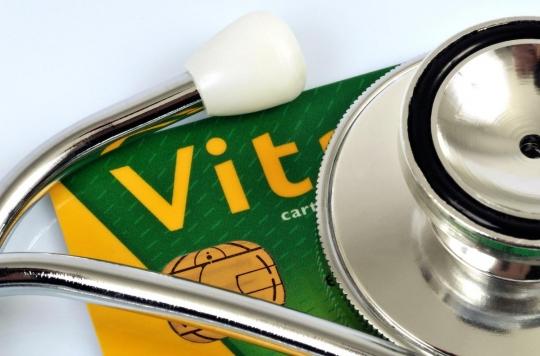Patrick Laine has been a general practitioner in a small village in Haute-Saône since the early 1980s. A country doctor like no other. And his story, relayed by many media, is emblematic of what many practitioners of his generation experience: the impossibility of finding a replacement at the time of retirement.
Now 66, Dr. Laine suffered a stroke; a trigger that convinced him to hang up his stethoscope. After 35 years of good and loyal service in the village of Saulnot, the doctor therefore sought to restore his practice. Far from any mercantile desire, Patrick Laine did not want to sell but rather give away his 300 m2 practice, his equipment and his patient base. And to put the odds on his side, he didn’t hesitate to advertise on the Bon Coin site. “At 66, I am playing overtime, but my ethics do not allow me to abandon my patient base,” he explained then. It was last March.
Nine months later, it’s the status quo! The doctor is still in the office and no colleague has responded to his offer. “I have not had any contact for nine months, and even by calling on an Italian network in the Val d’Aosta, I have not had any feedback either, it is unimaginable, it is beyond my understanding”, confided the general practitioner. at France Blue.
Dr. Laine now has 5,000 patients. Six days a week, he works between 12 and 15 hours. A rhythm that no longer corresponds to the expectations of today’s young doctors, and the practitioner is well aware of this. “Doctors of my generation are not reluctant to work. But it’s true that today, working at least 12 hours a day must be scary,” he explains to Blue France. He therefore proposed to divide the workload between two doctors, without success.
France now has 192 officially listed medical deserts; 2.5 million French people are concerned. Doctors and local elected officials often find themselves lacking in resources to maintain practices in certain rural municipalities, or even sometimes in certain urban areas. They are therefore showing more and more imagination in an attempt to seduce future health professionals. Ads on social networks, videos on YouTube, or even operations such as GP datingsome municipalities even go so far as to offer “gifts” and bonuses to young doctors who agree to come and settle in their community.
A solution that may pay, in the short term at least, but that does not really solve the problem. Incentive measures have also been put in place by the government, with very limited success. Amendments to limit the freedom of installation of doctors have even been proposed recently by PS and LR deputies. None were accepted, yet for Dr. Laine, this may be the solution: “If we imposed on a young doctor whose studies were paid for by the taxpayer to come and plug the holes, would it that for a year, a large part of the problems would be solved”.













